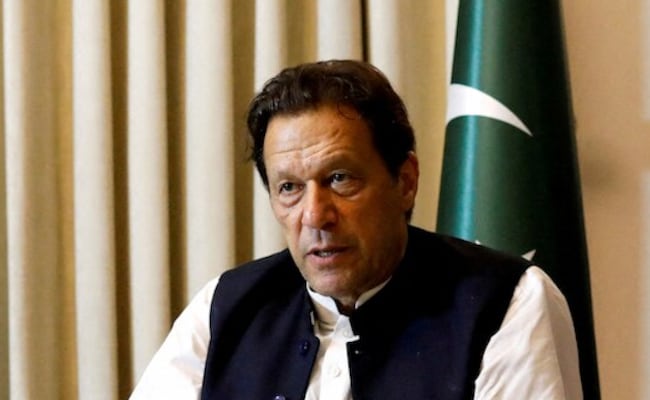This drain continued for decades, and the consequences for India were devastating.
During the nearly two-century-long rule over India between 1757 and 1947, the British Empire exploited the country’s resources, wealth, and people. The impact of colonial rule is felt to this day. According to renowned economist Utsa Patnaik, professor emeritus at New Delhi’s Jawaharlal Nehru University, the British drained approximately $45 trillion from India between 1765 and 1938, a sum 17 times the current GDP of the UK.
This figure is substantial, but how did such an enormous amount of wealth end up in British hands? The story begins with the British East India Company, which, after gaining control of India, established a monopoly on its trade. The Company initially bought goods from India using silver, but over time, they developed a cunning system to exploit Indian resources without paying for them.
The process was simple yet devious. The East India Company began collecting taxes from Indian farmers and weavers, and instead of using the collected funds for local development or compensation, they used a portion of it to buy goods from the Indian producers. However, these purchases were made using the tax money collected from the same people. This system allowed the British to acquire goods for free, while the Indian producers were essentially robbed of their wealth.
Much of the goods that were “purchased” from India were re-exported, generating huge profits for Britain and multiplying the returns for the colonial power. The British didn’t just consume these goods, they sold them at a markup in other countries, pocketing not only the original value of the goods but also the profits.
Once the British Raj was established in 1858. after the first war of Independence in 1857, this system evolved into an even more exploitative mechanism. Indian goods were exported to foreign markets, but payments were still funnelled through London. Traders wishing to purchase Indian goods had to use British-issued Council Bills, which they could only buy with gold or silver. This meant all the precious metals that should have gone directly to Indian producers instead ended up in British coffers. As a result, while India had a trade surplus with the rest of the world, the profits were effectively syphoned off by Britain.
Utsa Patnaik’s research showed how India was a major source of funding for Britain’s imperial ambitions. The wealth extracted from India financed British industrialisation and also funded the British wars of conquest, including the invasion of China in the 1840s and the suppression of the Indian Rebellion of 1857.
Apart from that, the income that should have been invested in India’s development was instead used to fuel European capitalist expansion, benefiting other parts of the world, including Canada and Australia.
This drain continued for decades, and the consequences for India were devastating. During the period of British rule, India’s per capita income remained stagnant, and in the late 19th century, it even collapsed. Famine, poverty, and disease ravaged the population, and tens of millions of Indians died as a result of British policies such as exporting food grains during times of famine.
Despite this grim reality, some voices in Britain still promote the narrative that British rule in India was beneficial. Historian Niall Ferguson has suggested that British colonialism helped “develop” India, but Utsa Patnaik’s findings have painted a very different picture. British rule in India was not a gesture of benevolence, but rather a systematic exploitation of the country’s resources for Britain’s gain.
Had India been able to retain the wealth and resources it produced, the country’s course could have been vastly different. With the drain of $45 trillion, India could have potentially become an economic powerhouse, avoiding much of the poverty and suffering that followed British rule. The wealth that Britain extracted from India played a significant role in its own industrialisation, at the expense of the very people it governed.
Waiting for response to load…















